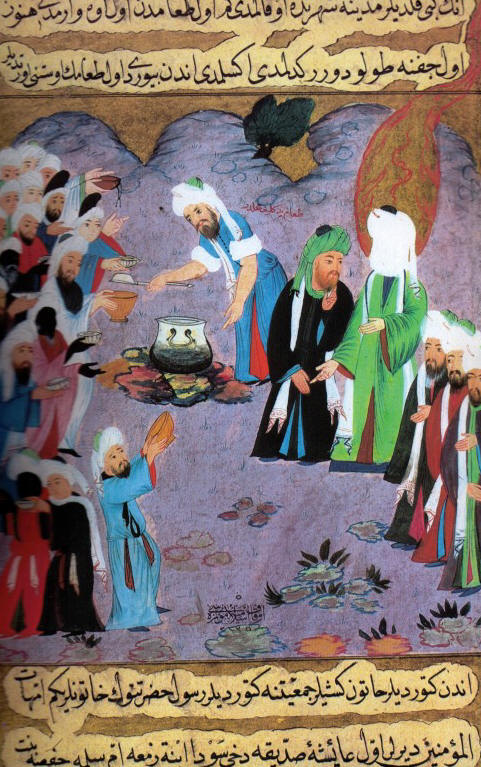Worldwide, it has been estimated that almost half of all Muslims are inbred:
A rough estimate shows that close to half of all Muslims in the world are inbred: In Pakistan, 70 percent of all marriages are between first cousins (so-called “consanguinity”) and in Turkey the amount is between 25-30 percent.[SUP][11][/SUP]
Statistical research on Arabic countries shows that up to 34 percent of all marriages in Algiers are consanguine (blood related), 46 percent in Bahrain, 33 percent in Egypt, 80 percent in Nubia (southern area in Egypt), 60 percent in Iraq, 64 percent in Jordan, 64 percent in Kuwait, 42 percent in Lebanon, 48 percent in Libya, 47 percent in Mauritania, 54 percent in Qatar, 67 percent in Saudi Arabia, 63 percent in Sudan, 40 percent in Syria, 39 percent in Tunisia, 54 percent in the United Arabic Emirates and 45 percent in Yemen.[SUP][12][/SUP][SUP][13][/SUP]
The British geneticist, Professor Steve Jones, giving The John Maddox Lecture at the 2011 Hay Festival had stated in relation to Muslim inbreeding, “It is common in the Islamic world to marry your brother’s daughter, which is actually [genetically] closer than marrying your cousin.”[SUP][14]
From WikiIslam:
Cousin marriages, including those between first cousins, are permitted by Islamic law and scriptures and were practiced by Muhammad himself as well as his companions. Muhammad’s practice of cousin marriage, in addition to cementing the legality of the practice, renders the practice a sunnah, or a good deed worthy of commendation, given Muhammad’s status as al-insan al-kamal (lit. ‘the perfect man’). Cousin marriages have been the common throughout Islamic history[1] and remain so in Muslim-majority nations today, comprising a significant percentage of the total population of these nations.
Children born of cousin marriages face an increased risk of genetic disorders and childhood mortality[2][3] and are thus prohibited in some countries.[4][5] One study estimated infant mortality at 12.7 percent for married double first cousins, 7.9 percent for first cousins, 9.2 percent for first cousins once removed/double second cousins, 6.9 percent for second cousins, and 5.1 percent among non-consanguineous progeny. Among double first cousin progeny, 41.2 percent of pre-reproductive deaths were associated with the expression of detrimental recessive genes, with equivalent values of 26.0, 14.9, and 8.1 percent for first cousins, first cousins once removed/double second cousins, and second cousins respectively.
There is an increasing awareness in the Muslim world of the risks of multi-generational cousin marriage, and an increasing number of voices calling for it to be discouraged (even if it remains permitted).
Hadith and sirah
Muhammad
Muhammad married his cousin Zaynab bint Jahsh who, in addition to being the daughter of Umaimah bint Abd al-Muttalib (a sister of Muhammad’s father), was also the former wife of his adopted son, Zayd ibn Harith. The marriage proved immensely controversial – not because Zaynab and Muhammad were cousins (cousin marriages being fairly common throughout much of the ancient world), but because Zaynab had been previously been married to Muhammad’s adopted son. The controversy was of such scale that Muhammad ultimately produced revelation in the Quran addressing the matter, absolving him of any proposed guilt.
Continued: ‘Cousin Marriage in Islamic Law’





